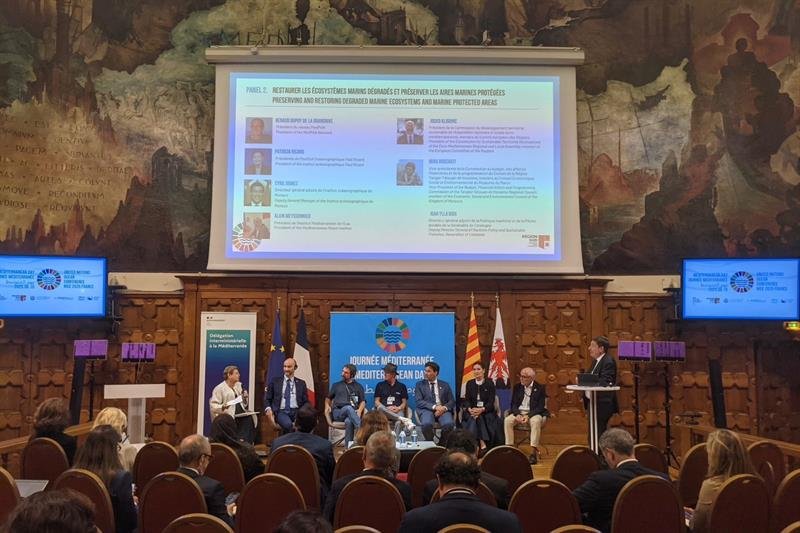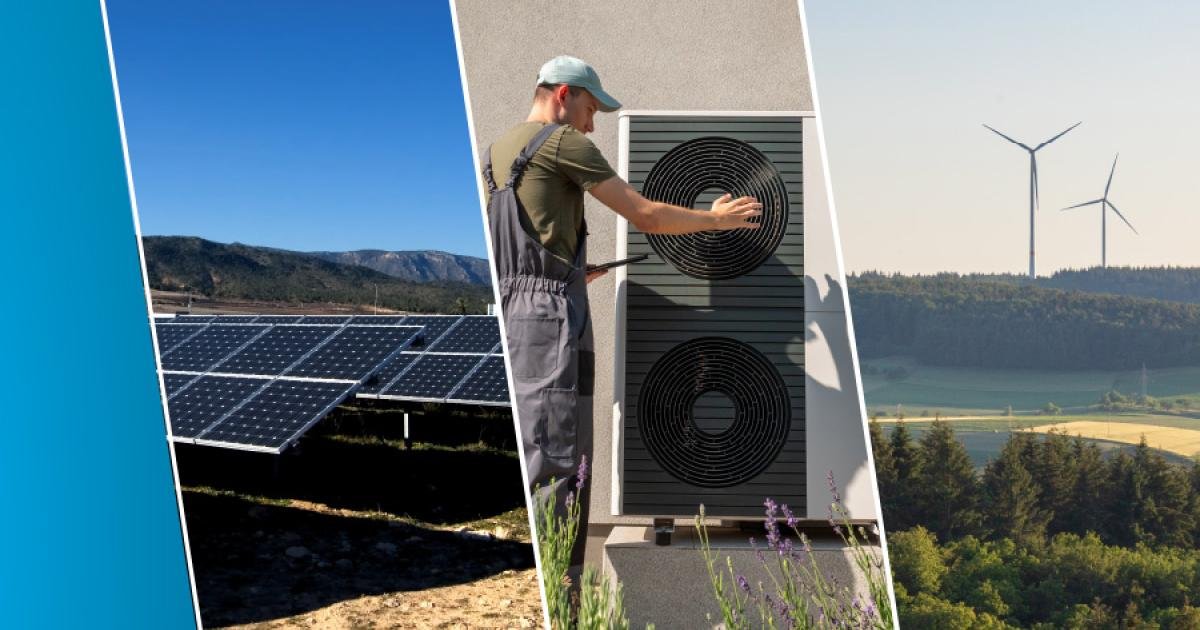For decades, Europe’s energy strategy prioritized logistics and cost-efficiency, leaning heavily on inexpensive imports to support its industrial sector. However, recent geopolitical tensions, particularly stemming from Russia’s war against Ukraine, have highlighted the vulnerabilities of this approach. Europe’s reliance on external energy sources has exposed its energy system to significant risks, prompting a shift in focus toward achieving energy independence through renewable sources.
Aiming for energy independence, many European nations are implementing a dual strategy: they are increasing their use of locally sourced renewable energy and electrifying various sectors to align energy demand with domestic supply. With renewable resources being 120 times more abundant than fossil fuels and available across all regions, energy independence is becoming increasingly feasible. As of 2023, renewables account for 50% of the EU’s electricity generation, a substantial move away from fossil fuels. Nonetheless, self-sufficiency remains a challenge, with the European Council on Foreign Relations labeling energy supply independence as a “critical weakness.” The EU scored only 4.0 out of 10 on the Energy Sovereignty Index, with countries like Germany, Italy, and Greece showing minimal independence.
Despite a decrease in Russian gas imports from 40% to just 8% since 2022, Europe continues to depend on supplies from the U.S. and Norway. In response, several countries have ramped up investments in renewable energy technologies. Germany, for instance, added over 4 GW of new onshore wind capacity in 2023, outpacing all other EU nations. The country anticipates annual additions of about 8 GW through 2030. Minister Habeck’s successor is set on ensuring a coordinated expansion of generation capacity alongside the development of necessary grid infrastructure, allowing for efficient and secure energy transmission.
Other EU nations, particularly the Baltic States—Estonia, Latvia, and Lithuania—have also made noteworthy advancements in wind energy, increasing their share from 15% to 28% recently. By 2030, they aim for a combined wind capacity of 10.5 GW. Estonia has notably expanded its designated land for wind turbines to over 60% of the country.
End-use electrification is another vital component of Europe’s energy transition. By 2023, the EU had over 6 million electric vehicles on its roads, with Germany representing nearly 1.4 million of those vehicles. The number of battery storage systems in residential and commercial buildings has surpassed 1.8 million units, with a combined capacity exceeding 10 GWh—more than double the figure from two years prior. Additionally, the installation of heat pumps has accelerated, exceeding 20 million units across the EU, contributing to both energy efficiency and flexibility in energy demand.
For Europe to secure its energy future and foster innovation, it must invest in new energy sources and integrate advanced technologies. While advanced battery storage remains dominated by Asian manufacturers, particularly from China, the EU has the potential to lead in smart integration technologies. As the energy system evolves toward decentralization and increased electrification, managing and distributing electricity efficiently will become essential to reducing reliance on external energy sources. Continued progress in next-generation solar and wind technologies will drive improvements in efficiency and cost.
Furthermore, Europe is not just advancing in renewable energy generation but is also establishing a competitive market for green technologies. Countries like Sweden and Denmark have excelled in clean energy, setting the stage for Europe to export technologies such as advanced battery systems, offshore wind turbines, and innovative photovoltaic panels. These technologies not only meet Europe’s energy demands but also cater to global markets, presenting new economic growth avenues.
The EU’s Clean Industrial Deal emphasizes wind power and industrial electrification as critical pathways to achieving energy independence. The objective is to supply 74% of industrial energy requirements through electricity by 2030, with technologies like electric arc furnaces playing pivotal roles.
Looking forward, if Europe stays on its current trajectory, it could fulfill its energy needs through renewable sources by 2035 and position itself as a leader in the global green technology market. Projections indicate that adopting a Smart Electrification strategy could enable the EU to meet 85% of its energy demand from domestic sources by 2040. This vision of a green, energy-independent Europe is not only essential for climate goals but also a strategic move that could enhance Europe’s status in the global economy.
The Baltic States exemplify this achievable path. By integrating their energy infrastructure into the EU network, they have become fully independent of Russian energy, supported by over €1.23 billion from the EU’s Connecting Europe Facility fund, which has stabilized their energy supply and laid the groundwork for a sustainable, independent energy future.
Europe stands at a pivotal moment. Bold actions are essential to prevent falling behind in the global energy landscape. The opportunity exists to create a sustainable, energy-autonomous future for current and future generations.



